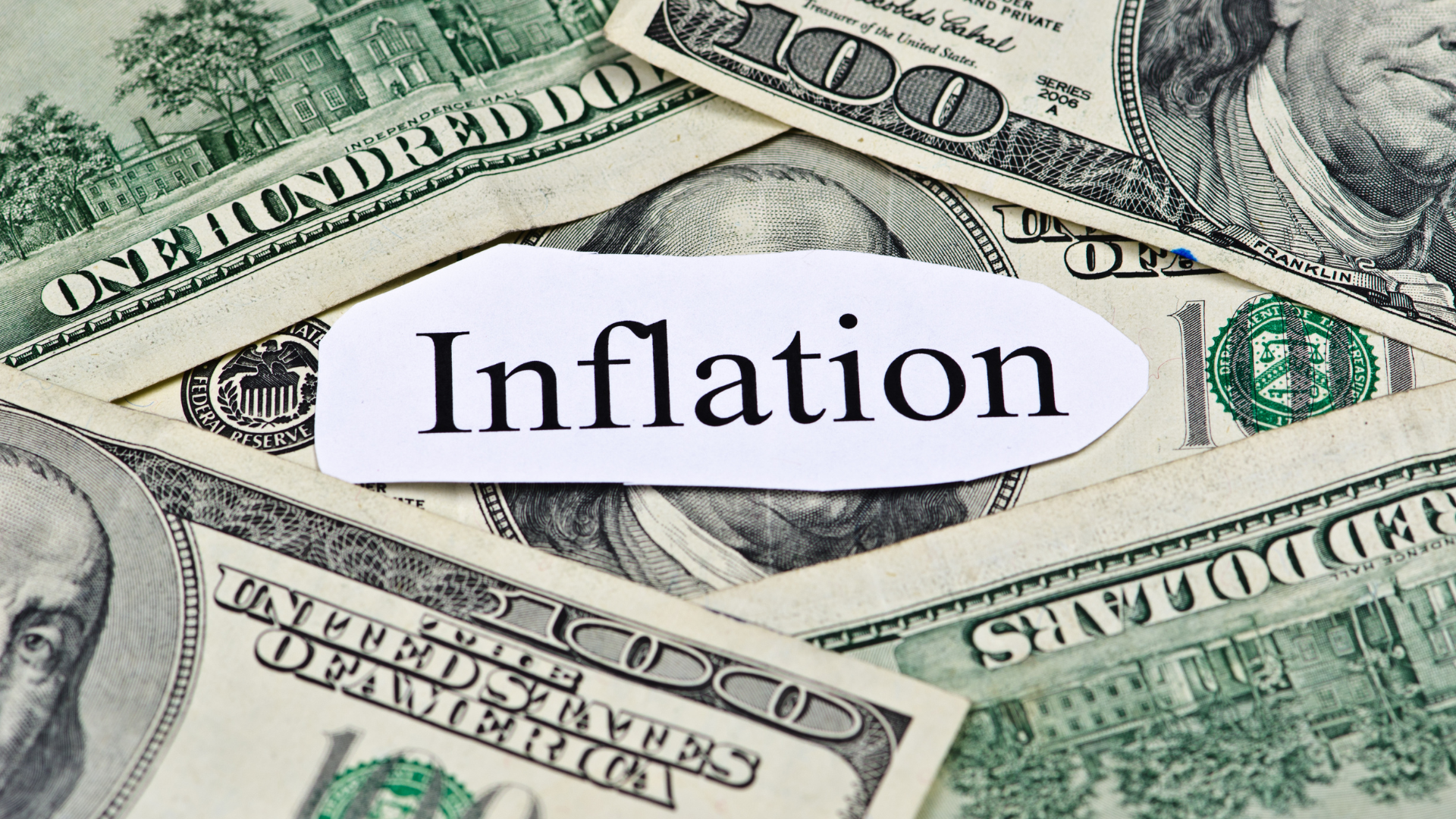The upcoming Consumer Price Index (CPI) report is expected to show that US inflation remained stubbornly firm in January, reinforcing the challenge facing the Federal Reserve as it seeks to bring inflation back to its 2% target. With price pressures proving resilient, expectations for an early rate cut have continued to fade, keeping Treasury yields elevated and the US dollar supported.
Economists anticipate that core inflation, which strips out food and energy prices, remained sticky, reflecting persistent costs in housing, wages, and services. While some components of inflation have cooled, the overall pace of disinflation has slowed, raising concerns that the Fed may need to hold rates higher for longer to curb underlying price pressures.
Fed officials have signaled that they will remain data-dependent before committing to a policy shift, with Chair Jerome Powell reiterating the need for clear evidence that inflation is on a sustainable path downward. Markets had previously priced in rate cuts starting as early as May, but recent strong economic data has pushed back those expectations into the second half of the year.
Despite cooling demand in some areas, consumer spending remains resilient, which has contributed to inflation’s persistence. With the labor market still tight and wages rising, the Fed faces a difficult balance between ensuring economic stability and preventing inflation from reaccelerating.
Investors will closely watch the CPI data for signs of whether price pressures are easing enough to justify rate cuts later in 2024. A higher-than-expected inflation print could reinforce a more hawkish Fed stance, further delaying monetary easing and boosting the US dollar, while a softer reading could revive hopes for a policy shift sooner.
For now, inflation remains the key driver for Fed policy decisions, with the central bank unlikely to act until it sees sustained progress toward its target. Unless the CPI data surprises with significant downside movement, rate cut bets will likely stay subdued, keeping markets on edge.













